Second National Gaelic Language Plan to build on Gaelic Education success
The public consultation process for the second National Gaelic Language Plan, which sets out the actions required to grow the numbers learning and using Gaelic in Scotland, was launched in Edinburgh today by the Scottish Government Minister for Learning and Skills, Dr Alasdair Allan MSP.
Launching the draft Plan, Dr Allan said:’I would like to thank Bòrd na Gàidhlig for their time, energy and insight in preparing this National Plan for consultation. We are aware we need to make good progress with Gaelic in Scotland and the National Plan will help us greatly with that. It is therefore important that we get it right. We, along with the Bòrd, will be taking a close interest in the consultation responses and the messages that come from it. We look forward to the debate on this important topic and I would encourage individuals, groups, bodies and authorities to respond to this consultation.’
Bòrd na Gàidhlig Cathraiche (Chair) Arthur Cormack, said:’This draft Plan sets out an holistic approach to Gaelic development identifying the central role of Gaelic education and learning in securing growth and the ways in which the education system, homes, communities, arts, media and heritage can be supported to achieve our aims in terms of both growth and quality in language learning and use in years to come.
He went on: “While it is Bòrd na Gàidhlig’s duty to prepare a National Gaelic Language Plan, and to take a lead in delivering aspects of it, a key point is that this is a national strategy and it is through a sense of shared ownership and everyone playing a part in its delivery that it will have the best chance of success. We look forward to receiving responses to the draft Plan.”
The Plan places particular emphasis on the need to build on the success of Gaelic Education, particularly Gaelic medium education, to secure a sustainable future for the language. The 2001 National Census showed that the number of Gaelic speakers in Scotland had fallen since 1991 but that the rate of decline had begun to slow down and, in particular, that the number of young Gaelic speakers had risen. This was largely due to the success of Gaelic-medium education, supported by the improvements during the past few decades in the status of Gaelic and in the range of provision available in the language.
The Plan’s headline target is to attain stability in the number of people speaking Gaelic by raising the rate at which new Gaelic speakers are created to’replacement level” i.e. the level at which the loss of mostly older Gaelic speakers is balanced by the creation of new speakers. The specific performance criteria for this target are that the 2021 National Census confirms that the growth in the number of young people speaking Gaelic continues and that by 2031 it has reached replacement level.
To meet this target the Plan identifies as a basic requirement a doubling in the number of children entering P1 Gaelic medium education by 2017 (from 400 to 800). To meet parental demand, this needs a co-ordinated approach by local authorities, the Scottish Government and other agencies to plan for growth in access to Gaelic medium education across Scotland, through a programme of capital investment and workforce planning.
Former Director of Education at North Lanarkshire Council and Chair of the National Gaelic Education Strategy Steering Group, Murdo MacIver, said:’Gaelic medium education is the only widely available opportunity to be educated bilingually in Scotland. Internationally, research has consistently confirmed the benefits of bilingualism in enhancing the life chances of young people. This is borne out in Scotland by independent research into educational performance of pupils in Gaelic-medium education. We owe it to young people across the nation to allow more of them to access Gaelic medium education. I believe this view is shared by all the members of the Group who helped to shape the education and learning strategy in this Plan.’
Reflecting the key role of Gaelic education and learning in the Plan, the Director of Learning and Community at Education Scotland, Anne Jardine, said’Education Scotland supports and values the contribution of Gaelic education in Scotland’s schools and recognises its potential to contribute to learners’ wider education and life experiences. Education Scotland will continue to provide strategic direction and work in partnership with other bodies as appropriate to achieve the educational aspirations identified in the plan and ensure the future growth of Gaelic in Scotland.’
Bòrd Cathraiche Athur Cormack concluded: “We are grateful for the support which we have enjoyed in implementing the first National Gaelic Language Plan and the advice and support which we have been given in formulating this Draft Plan.’

